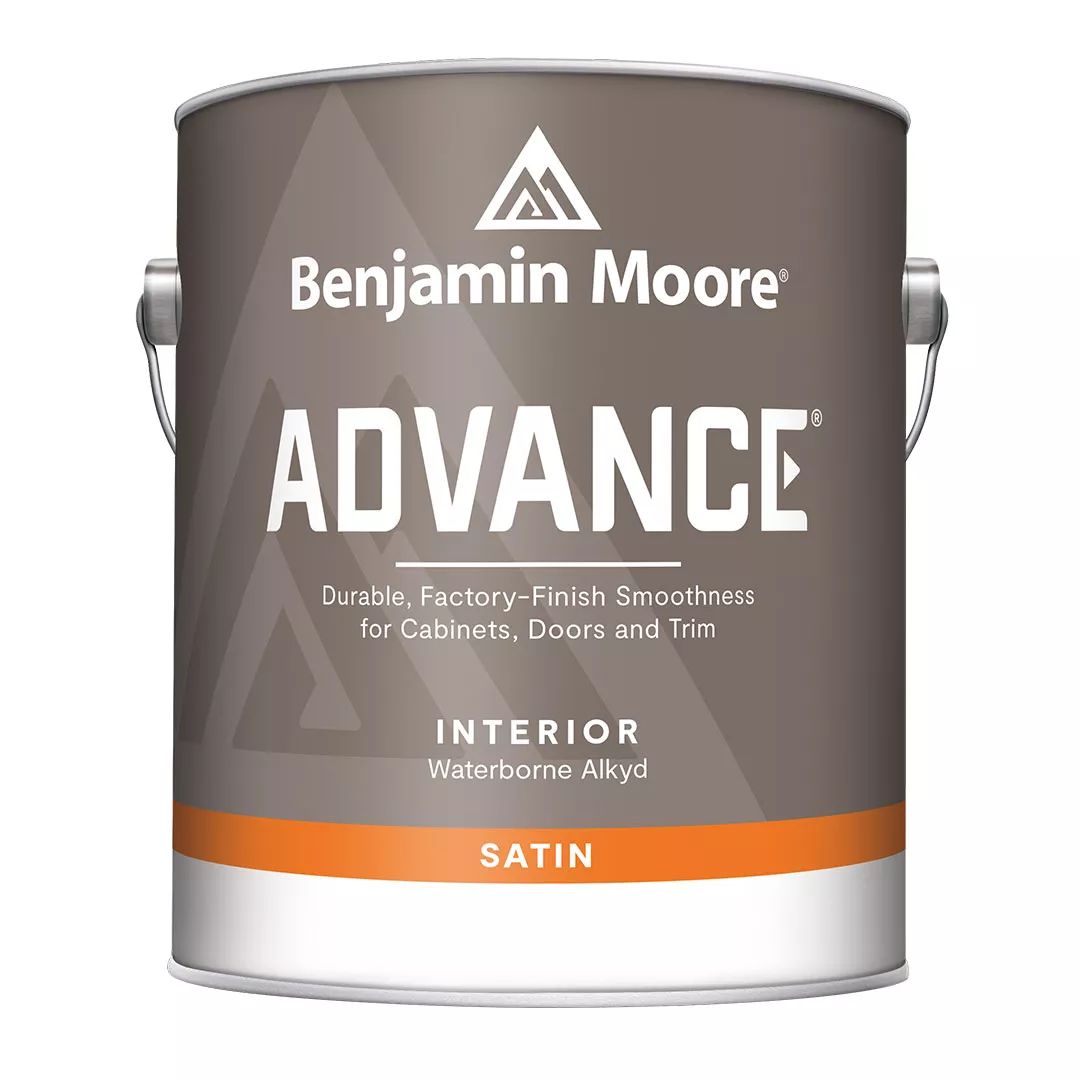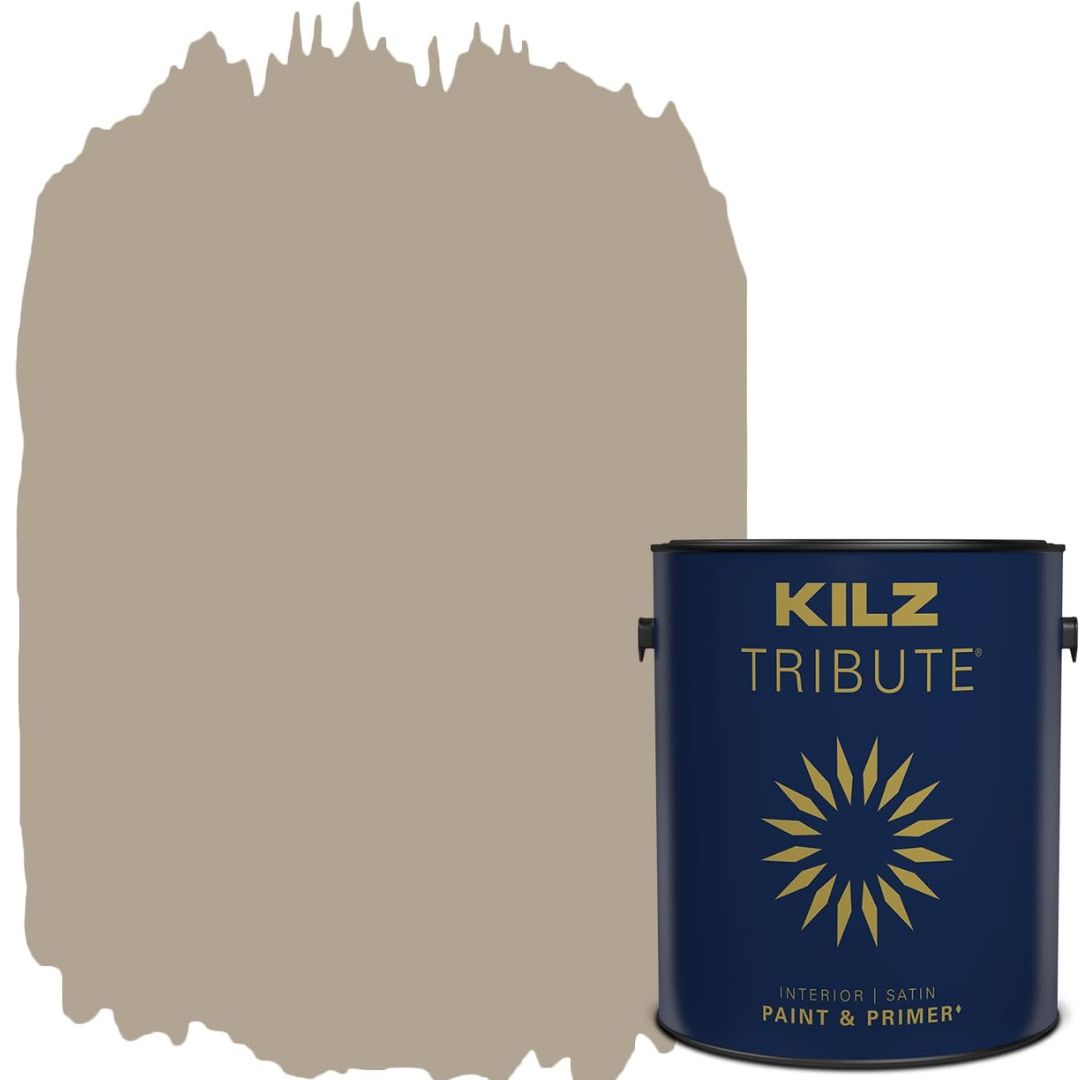Satin vs Semi-Gloss Paint — What's the Difference? Our Quick Guide on Which to Choose for DIY
Is there a difference between these paint finishes? Explore the key contrasts between satin paint and semi-gloss to ensure you choose wisely, plus advice on how to make the most of each finish


Do you ever get paint finish paralysis? It's that feeling when you're in a DIY store, ready to order your paint supplies but you're never entirely sure what you should be opting for. Some choices are simple, but some options occupy similar spaces in terms of what they can offer your home.
Satin vs semi gloss is one such decision you might need help on — both have more sheen than their matt paint counterparts. But what's the difference between these paint finishes? And which is the right one to choose for your projects?
We asked the experts to get the low down.
Satin finish

The most noticeable difference between satin and semi-gloss paints is the level of glossiness. While it's not the same contrast as matte vs gloss paint, there's still subtle differences in the sheen. Satin offers a moderate sheen, while semi-gloss boasts a higher level of shine. ‘Satin creates a subtle glowing effect which enhances color depth beautifully whilst concealing imperfections better than high-gloss sheens, making satin a smart choice for most interior walls,’ advises Artem Kropovinsky, founder of interior design studio Arsight.
Ruth Mottershead, Creative Director at Little Greene says, ‘Our Intelligent Satin paint is suitable for all household millwork, trim, interior doors and window frames, as well as cabinets and wooden furniture. With a low sheen of 30-35%, it's durable enough to handle the many knocks delivered to kitchen cabinets and items of wooden furniture.’ This provides a low-maintenance future, and a scrubbable finish with real resilience, perfect for busy family kitchens. Plus, if you’re low on natural light, satin is a good option to reflect any daylight that does enter the space.
Semi-gloss finish
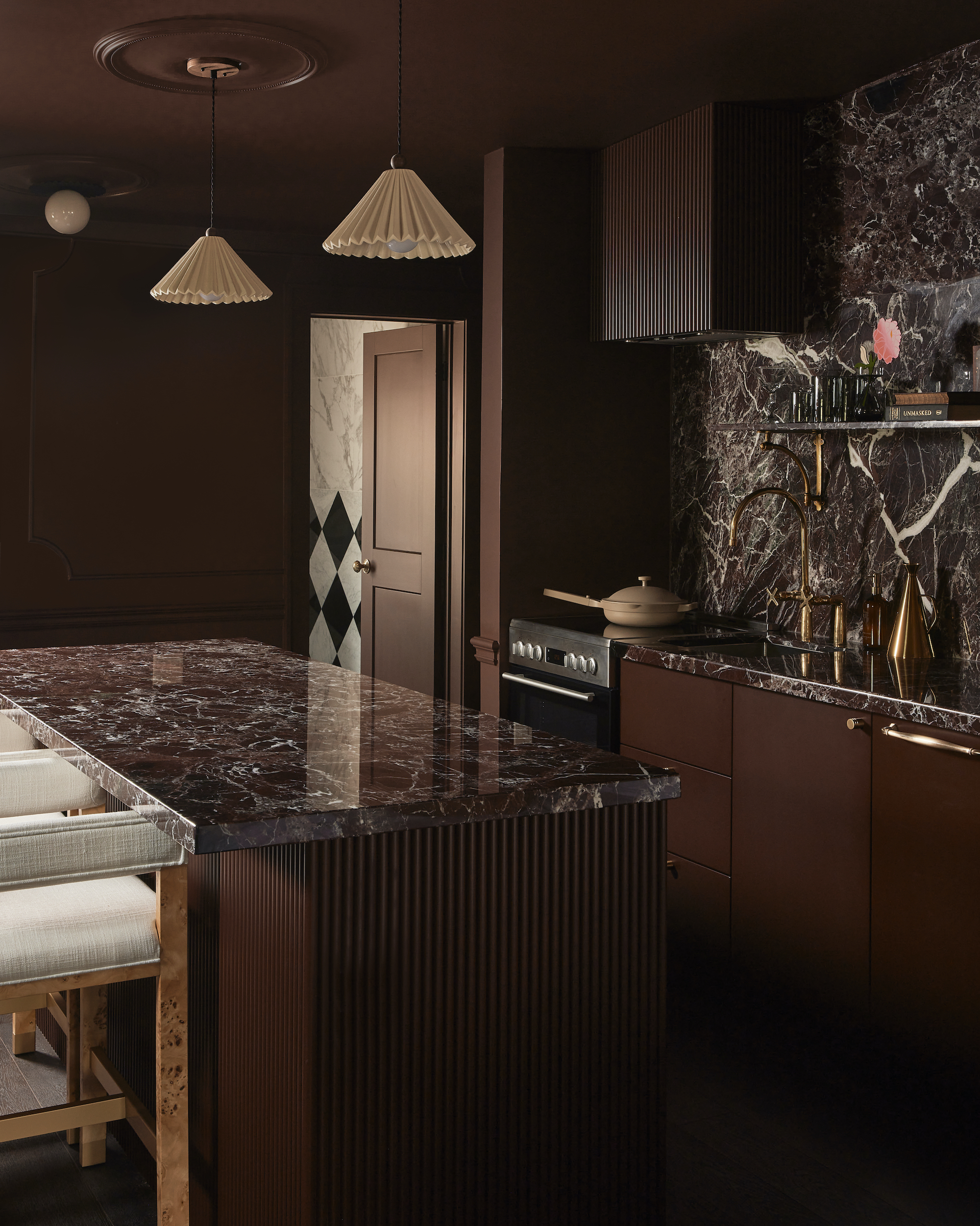
Semi-gloss has a higher sheen level than satin, meaning that it is much more reflective. ‘The extra level of luminosity makes it perfectly suited to highlight any architectural details, as it cures to a smooth finish’, Helen Shaw, a color expert at paint brand Benjamin Moore explains. Its glossy look makes a great option for if you want to make a sophisticated statement of certain areas or features.
‘While highlighting flaws more, it gives a sharp, clean style that works nicely on moldings and doors,' interior designer Artem agrees. Its high reflectivity also makes it highly durable and wipeable, and it resists moisture well, so it's great for spaces like kitchens, bathrooms, and trim areas where wetness and frequent cleaning occur. However, semi-gloss creates a very bright, shiny look that really makes colors pop, so it's a little less subtle than the satin option, and closer to the gloss paint finish that is a little more divisive in its popularity than lower-sheen paints.
So which is best?
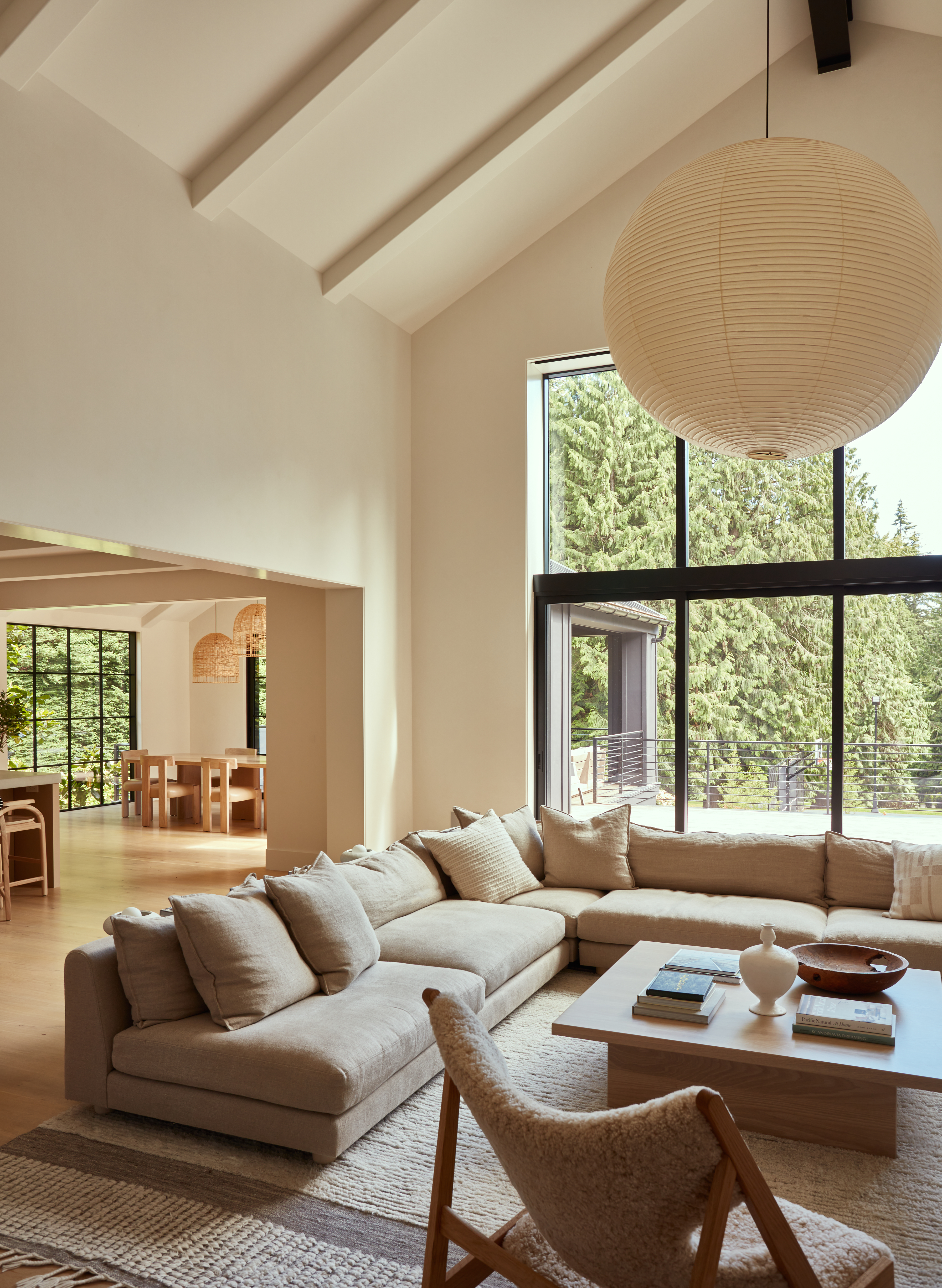
As well as your choice of color, the finish you choose will also have an impact on longevity and on the overall atmosphere created, ‘A semi-gloss finish will give a sophisticated high sheen appearance whilst a satin finish with its lower sheen level will provide a subtle elegance,’ says Ruth.
As much as semi-gloss is said to be the most durable finish, if cracks and dents do occur, which is likely in high-traffic areas, the damage will be much more visible than if it was satin.
Semi-gloss will serve you better for frequently moist areas, also reflecting the most light. If it’s a light filled living space with lamps and lighting options, satin paint will set the best ambiance.
In our opinion, satin is the better option for your everyday painting requirements, as the lower-sheen paint finishes are more widely used, but with a durable edge. Semi-gloss paint's use can be a little more intentional, when you want that extra bit of sheen as part of the design. If semi-gloss is the right paint for your prject, you'll probably already know it.
Be sure to test a sample of each in multiple areas of the room, and take into consideration room function, lighting and your desired style before making that final purchase.
Be The First To Know
The Livingetc newsletters are your inside source for what’s shaping interiors now - and what’s next. Discover trend forecasts, smart style ideas, and curated shopping inspiration that brings design to life. Subscribe today and stay ahead of the curve.

Portia Carroll is an interior stylist, writer, and design consultant. With a background in interior architecture and design, she has a plethora of creative experience in the industry working with high end interior brands to capture beautiful spaces and products and enhance their qualities.
-
 7 Sustainable Product Designs That Are Setting the Agenda for Environmentally-Conscious Homes in 2025
7 Sustainable Product Designs That Are Setting the Agenda for Environmentally-Conscious Homes in 2025From pillows made from textile waste to sanitaryware made in the world's first electric kiln, these brands are revolutionizing sustainable design — for the better
By Devin Toolen
-
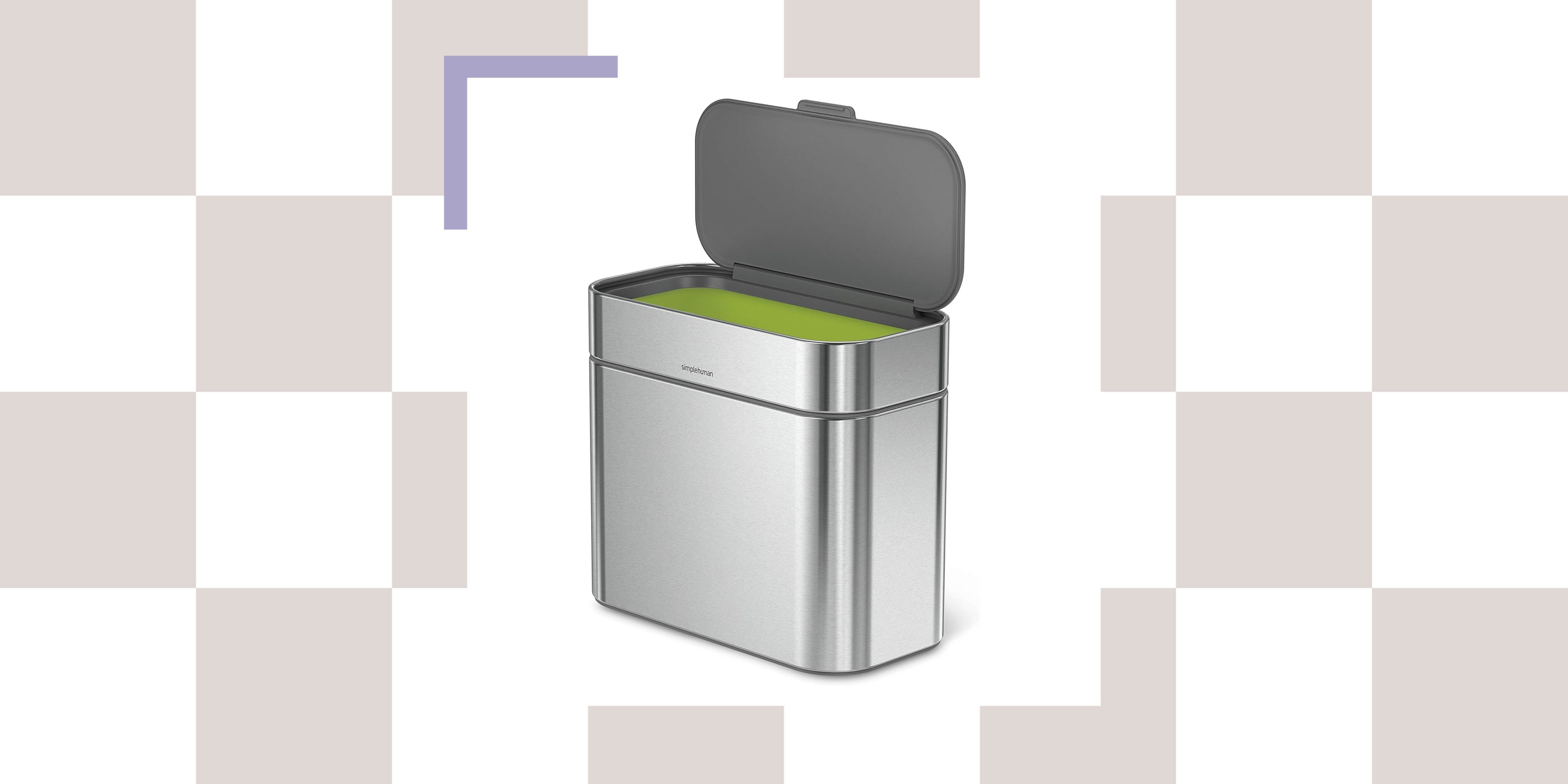 NYC's New Rules Forced Me to Find a Chic Compost Bin — Here's 7 Options Significantly Cheaper Than the $300 Fine
NYC's New Rules Forced Me to Find a Chic Compost Bin — Here's 7 Options Significantly Cheaper Than the $300 FineComposting is now mandatory in NYC. Here’s how to do it stylishly
By Julia Demer
-
 A Professional Wreath Designer Spills 7 Secrets to Styling the Perfect Christmas Wreath — Fresh or Faux
A Professional Wreath Designer Spills 7 Secrets to Styling the Perfect Christmas Wreath — Fresh or FauxKatie Shute shares her trade-secret tips and tricks for making and decorating the best-looking Christmas wreath for your front door (and beyond)
By Olivia Wolfe
-
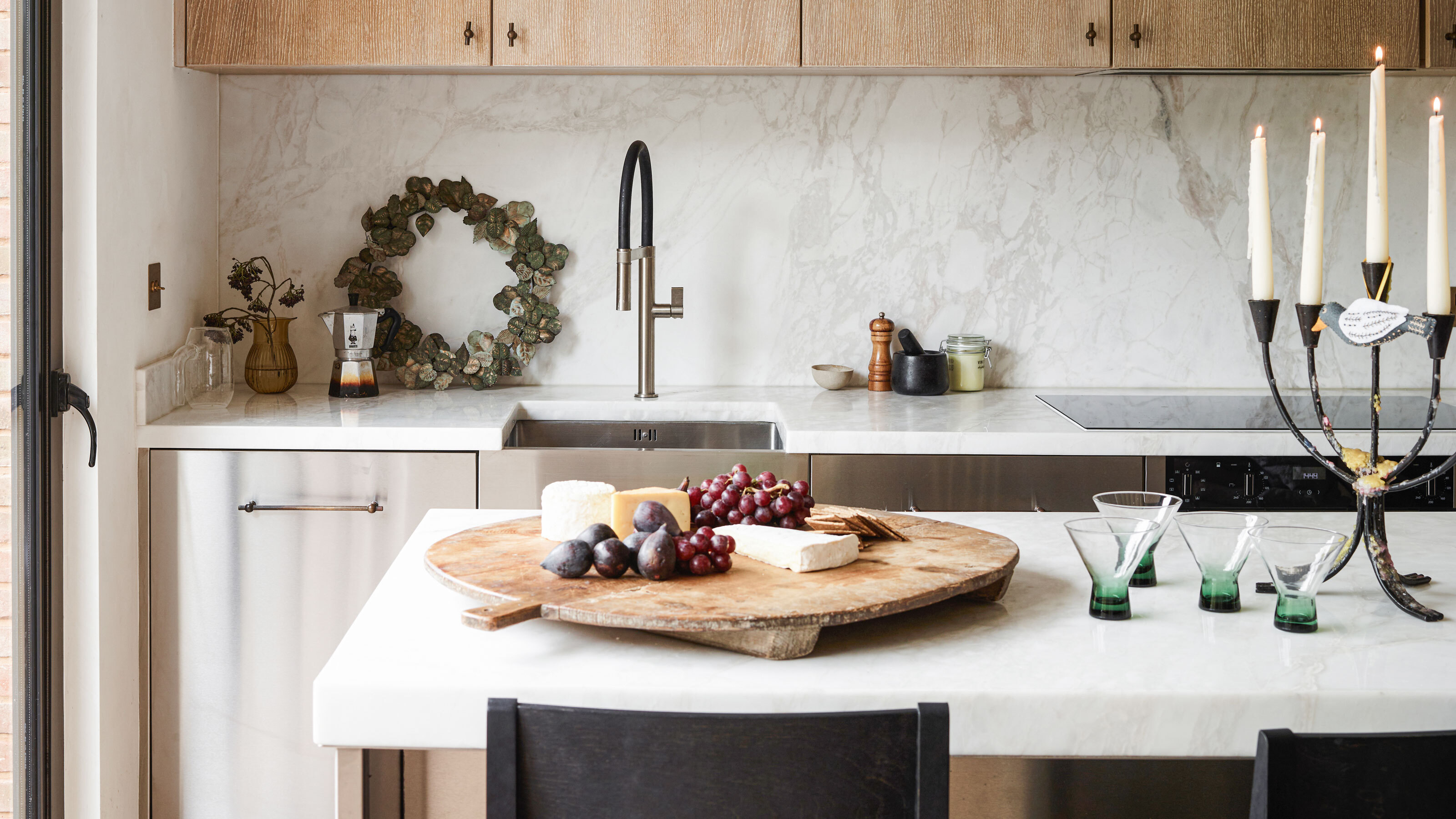 Not One for Room Sprays? This Christmas Simmer Will Make Your Home Smell Delicious in Time for the Festivities
Not One for Room Sprays? This Christmas Simmer Will Make Your Home Smell Delicious in Time for the FestivitiesCheck out our recipes or whip up your own for a wonderfully merry home fragrance that's seasonally fit
By Amiya Baratan
-
 This Simple DIY Gives Your Basic Terracotta Planter a Rustic Aged Finish That Feels so Mediterranean
This Simple DIY Gives Your Basic Terracotta Planter a Rustic Aged Finish That Feels so MediterraneanInstead of overspending on aged terracotta pots, DIY your planters at home and get the look for less
By Amiya Baratan
-
 DIY Paint Stripper — 9 Eco-friendly Methods to Remove Paint Naturally
DIY Paint Stripper — 9 Eco-friendly Methods to Remove Paint NaturallyIt's time to say goodbye to harsh chemical paint strippers and hello to natural alternatives to help making removing paint simple
By Ruth Doherty
